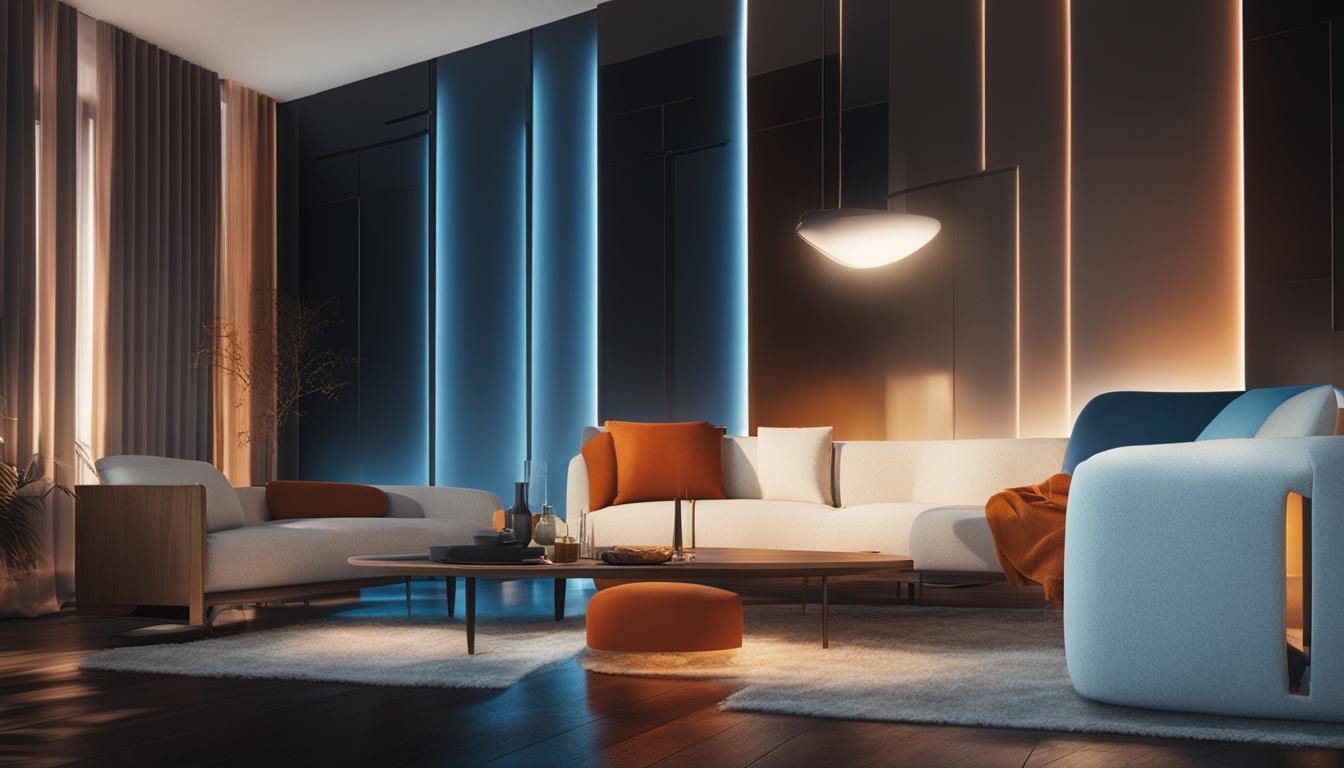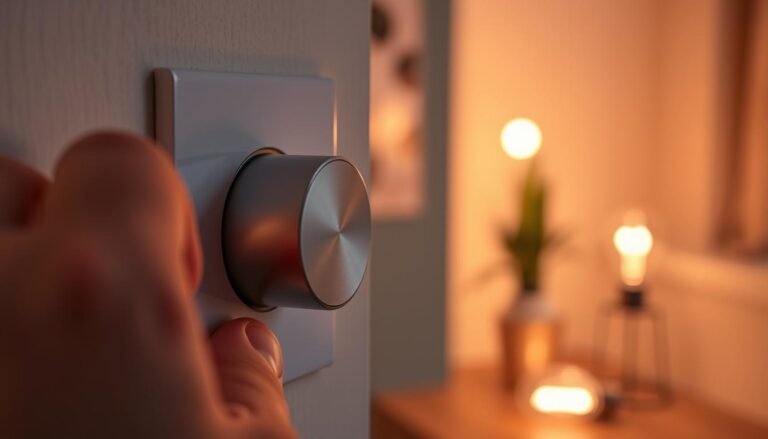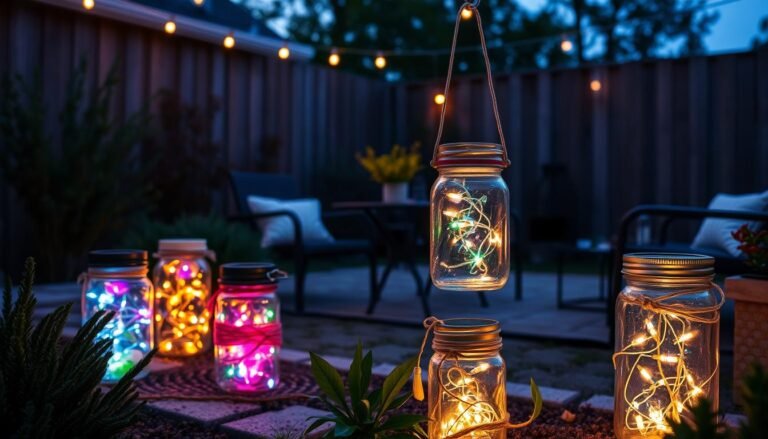Affiliate Disclosure: This post may contain affiliate links. If you make a purchase, we may earn a small commission at no extra cost to you.
Color temperature is the scientific measurement of the color of light emitted by a light source. It is not related to the actual temperature, but rather the perceived color. The concept of color temperature originated from the observation that certain materials emit different colors at different temperatures.
In the 1930s, the term Correlated Color Temperature (CCT) was coined to represent the temperature of a black body radiator that closely resembles the color of a given light source.
CCT is typically measured using the Kelvin scale, with higher values indicating cooler colors and lower values indicating warmer colors. Correlated Color Temperature plays a crucial role in lighting design, as it affects the mood and atmosphere in a space. It also determines the color rendering capabilities of a light source, which is important for accurate color representation.
Key Takeaways:
- Correlated Color Temperature (CCT) is the measurement of the color of light emitted by a light source.
- It is not related to the actual temperature but represents the perceived color.
- CCT is measured using the Kelvin scale, with higher values indicating cooler colors and lower values indicating warmer colors.
- Correlated Color Temperature affects the mood and atmosphere in a space.
- It also determines the color rendering capabilities of a light source, which is important for accurate color representation.
The Science and History of Color Temperature
The concept of color temperature has a rich scientific and historical background that traces back centuries. Understanding the origins and principles behind color temperature is essential for grasping its significance in today’s lighting design.
In the 17th century, Sir Isaac Newton’s groundbreaking experiments revealed that white light is composed of all visible colors. This discovery laid the foundation for further exploration into the nature of light and color.

In the 18th century, scientists such as Daniel Fahrenheit and Anders Celsius developed temperature scales to measure heat. These scales paved the way for the development of the Kelvin scale, which is widely used today to measure temperature.
The Kelvin scale is based on absolute zero, the point at which particles have minimal motion. It provides a standardized and scientific approach to temperature measurement.
When a black body radiator is heated, it emits electromagnetic radiation, which includes visible light. This radiation follows a specific pattern, transitioning from infrared to visible light to ultraviolet as the temperature increases.
The color temperature scale is derived from this pattern, with different temperatures corresponding to different colors of light. Higher color temperatures, measured in Kelvin, indicate cool color temperature, while lower temperatures represent warm color temperature.
This scale helps to quantify and categorize the perceived color of light emitted by various light sources.
The Color Temperature Scale
The color temperature scale encompasses a range of values, each corresponding to a specific color. Here’s an overview of the color temperature scale:
| Color Temperature (Kelvin) | Color |
|---|---|
| 1000K-2000K | Deep red, similar to a flame |
| 2000K-3000K | Warm white, similar to candlelight or sunset |
| 3500K-4500K | Neutral white, similar to daylight on a cloudy day |
| 5000K-6500K | Cool white, similar to daylight |
| Above 6500K | Blueish white, similar to a clear sky |
Understanding the color temperature scale empowers designers and lighting professionals to select the appropriate lighting for specific environments and desired moods.
In the next section, we will explore the role of Correlated Color Temperature in lighting and design, and how it influences the atmosphere of a space.

Correlated Color Temperature (CCT) is a significant consideration in lighting design, as it has a profound impact on the mood and ambiance of a space. Choosing the right color temperature can create different atmospheres and evoke specific emotions. Whether you want to create a cozy and intimate setting or a bright and energetic environment, understanding color temperature is crucial.
Color temperature is measured in Kelvin (K), with warm color temperatures typically ranging from 2000K to 3000K and cool color temperatures ranging from 5000K to 6500K.
Warm Color Temperature:
Warm color temperatures, ranging from 2000K to 3000K, create a cozy and intimate atmosphere. These temperatures are similar to the warm glow of candlelight or a beautiful sunset. They are perfect for spaces where you want to relax, unwind, or create a soothing ambiance.
Cool Color Temperature:
Cool color temperatures, ranging from 5000K to 6500K, provide a bright and energetic atmosphere reminiscent of daylight. These temperatures are ideal for areas that require an alert and invigorating environment, such as offices, classrooms, or areas where detailed tasks are performed.
To help you choose the right color temperature for your lighting needs, LED color temperature charts are available. They provide a visual representation of different color temperatures, allowing you to make an informed decision based on your desired ambiance and lighting goals.
In addition to color temperature, another essential factor in lighting design is the Color Rendering Index (CRI). The CRI measures how accurately a light source can render colors compared to natural daylight. A higher CRI value indicates better color rendering, resulting in more accurate representation of colors and enhancing the overall visual experience.
By considering both color temperature and CRI, you can ensure that your lighting design achieves the desired mood, ambiance, and color accuracy for any given space.
Illustrated above is an example of an LED color temperature chart, which can assist you in selecting the appropriate color temperature for your lighting design.
Conclusion
Understanding the importance of color temperature in lighting choices is essential for creating the right mood and atmosphere in any space. The color temperature of light has a significant impact on how we perceive our surroundings and can evoke different emotions and feelings.
Whether you’re looking to create a warm and inviting living room or a bright and energizing office, selecting the appropriate color temperature is key. Warm color temperatures, ranging from 2000K to 3000K, can create a cozy and intimate ambiance, similar to the glow of candlelight. On the other hand, cooler color temperatures, between 5000K and 6500K, provide a vibrant and stimulating atmosphere, akin to the brightness of daylight.
When making lighting choices, it’s not only important to consider color temperature but also the color rendering capabilities of the light source. The Color Rendering Index (CRI) measures how accurately a light source can display colors compared to natural daylight.
A high CRI value ensures that colors are accurately represented, allowing for a more visually appealing and accurate environment.
By understanding and leveraging the concept of Correlated Color Temperature, you can enhance your spaces, create the desired ambiance, and optimize visibility. Whether for your home, office, or any other setting, selecting the right color temperature will ultimately contribute to a more comfortable and visually pleasing environment.
FAQ
What is color temperature?
Color temperature is the scientific measurement of the color of light emitted by a light source. It is not related to the actual temperature, but rather the perceived color.
What is Correlated Color Temperature (CCT)?
Correlated Color Temperature (CCT) is a term used to represent the temperature of a black body radiator that closely resembles the color of a given light source. It is typically measured using the Kelvin scale.
How does the Kelvin scale measure color temperature?
The Kelvin scale is used to measure the temperature of a light source. Higher Kelvin values indicate cooler colors, while lower values indicate warmer colors.
What is the history behind the concept of color temperature?
The concept of color temperature dates back to the 17th century when Sir Isaac Newton discovered that white light is composed of all visible colors. Scientists like Daniel Fahrenheit and Anders Celsius developed temperature scales in the 18th century, which laid the foundation for the Kelvin scale.
How does color temperature affect the mood and ambiance of a space?
Different color temperatures evoke different emotions and can create different atmospheres. Warm color temperatures, ranging from 2000K to 3000K, create a cozy and intimate environment. Cool color temperatures, ranging from 5000K to 6500K, provide a bright and energetic atmosphere.
What is the Color Rendering Index (CRI) and why is it important?
The Color Rendering Index (CRI) measures how accurately a light source can render colors compared to natural daylight. A high CRI value indicates better color rendering, resulting in more accurate representation of colors.
How can I choose the right color temperature for my lighting needs?
LED color temperature charts can help individuals choose the right color temperature for their specific lighting needs. Factors to consider include the desired mood and atmosphere of the space.
How does Correlated Color Temperature play a role in lighting design?
Correlated Color Temperature is a crucial factor in lighting design as it affects the mood and atmosphere of a space. It also determines the color rendering capabilities of a light source, which is important for accurate color representation.
Why is it important to understand Correlated Color Temperature?
Understanding Correlated Color Temperature is key to making informed lighting choices. The color temperature of light can significantly impact the mood and ambiance of a space, allowing individuals to enhance their environments and create the desired atmosphere and visibility.
Source Links
- https://www.alconlighting.com/blog/learning-lab/color-temperature-guide/
- https://www.ledlightexpert.com/understanding_led_light_color_temperatures_ep_79
- https://www.sciencedirect.com/science/article/pii/S1011134420305492








